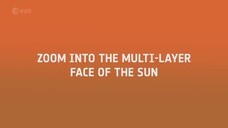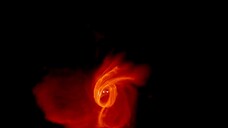The 'Plastisphere', the whole of the ecosystems living in microplastics, has arrived and it has reached the freshwaters of the Poles and the uplands of Tiber because plastic pollution has become so widespread, according to a study by the Italian National Research Council (CNR) published in the Science of the Total Environment journal.
"We examined three environments that are very distant from each other but joined by the presence of microplastics in lakes, rivers, glaciers and snow, which was probably brought to these areas by birds and the wind, or which has built up as a consequence of anthropic activities such as tourism and research," said one of the authors of the study, Maurizio Azzaro of the CNR's Institute of Polar Science in Messina.
This form of pollution is becoming a global threat, given that plastic production has increased from 1.5 million tonnes in the 1950s to 359 million tonnes in 2018. The analysis suggests that "the action of microbes can alter the buoyancy and increase the toxicity of plastic polymers, but, at the same time, it accelerates degradation due to the low temperatures," said Azzaro.
"So the use of microbes could offer a possible path of eco-sustainability to mitigate microplastic pollution in the coldest areas of the Earth".
Riproduzione riservata © Copyright ANSA













